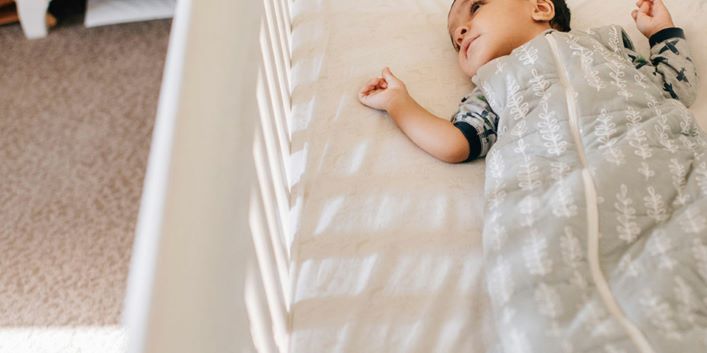Baby sleeping bags: what to consider
Baby sleeping bags are a good option as they prevent your baby’s head from being covered, but they must be manufactured to the highest standard. A recent Which? safety test revealed that only three out of 15 baby sleeping bags from “well-known brands and online marketplaces” passed all of their stringent tests.
So what are the National Child Mortality Database’s top tips for finding a product that’s safe and comfortable? In particular, we urge families and carers to consider the following when choosing a baby sleeping bag:
- The neck opening must not be too wide and shoulders straps must be included to avoid a suffocation hazard
- The lining and buttons/fasteners must not be loose or have the possibility of being removed as this can pose a choking hazard
- Avoid excess material or hoods
- The tog value must be clearly marked and the correct tog rating should be used to avoid overheating (should be between 0.2 and 3.5, depending on room temperature), and
- Sleeping bags should adhere to the safety guidelines and carry a safety standard marking (BS EN 16781:2018).
The Lullaby Trust offers the following advice: “Baby sleeping bags are a good option as they prevent your baby’s head from being covered by wriggling under bedding. You can choose different togs for different seasons to help keep your baby at the right temperature. You can also select different sizes depending on the age of your baby. It is important that the sleeping bag fits well around the shoulders so that your baby’s head does not slip down into the bag. Extra bedding should not be needed.“
So when you’re deciding between baby sleeping bags, make sure that you make the right choice for you and your baby.
For more information, go to:

